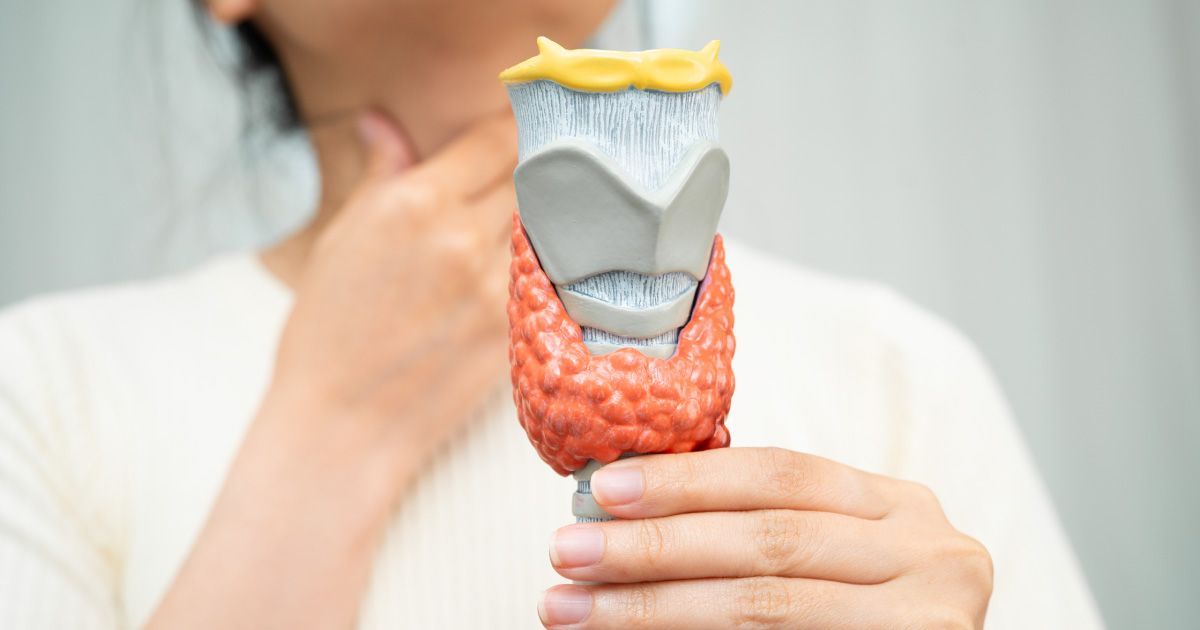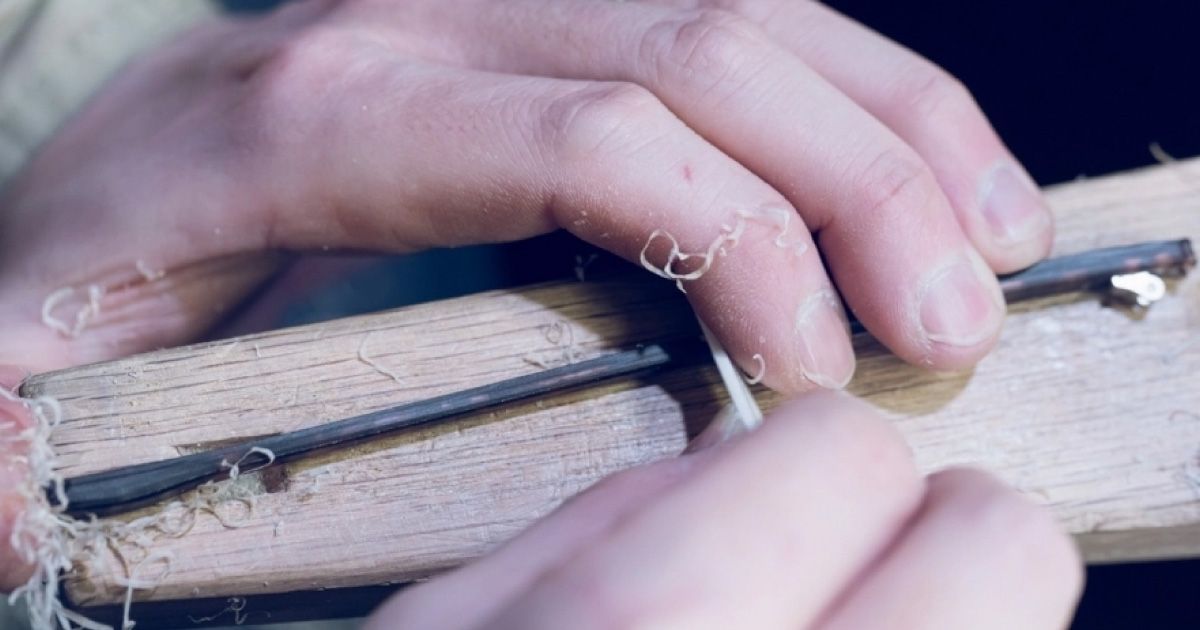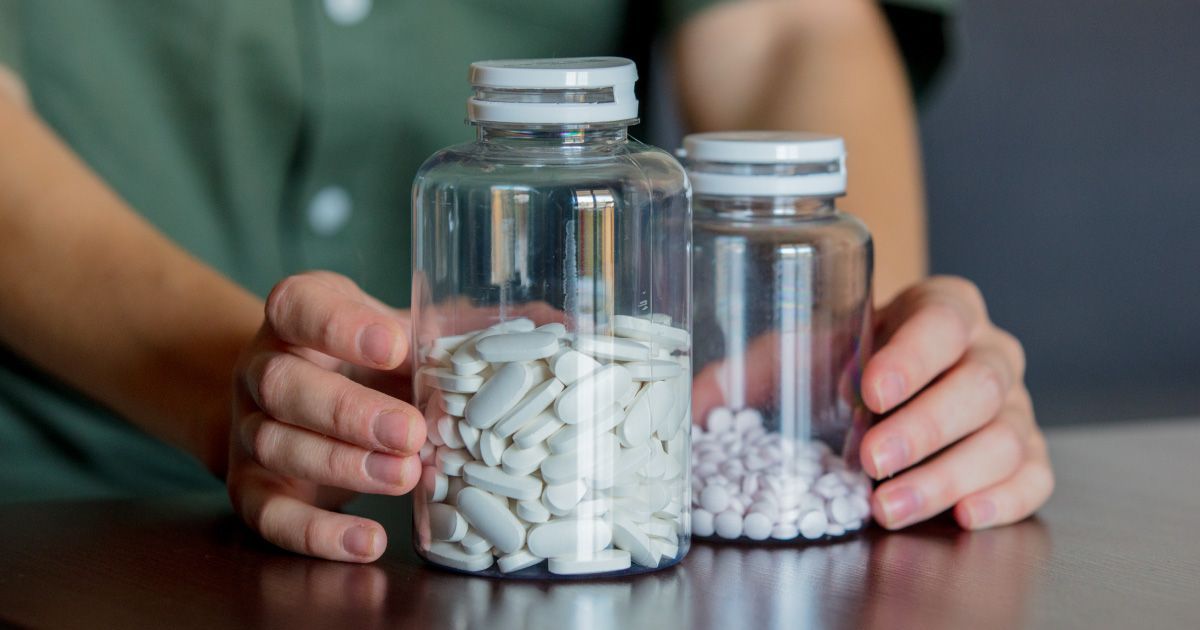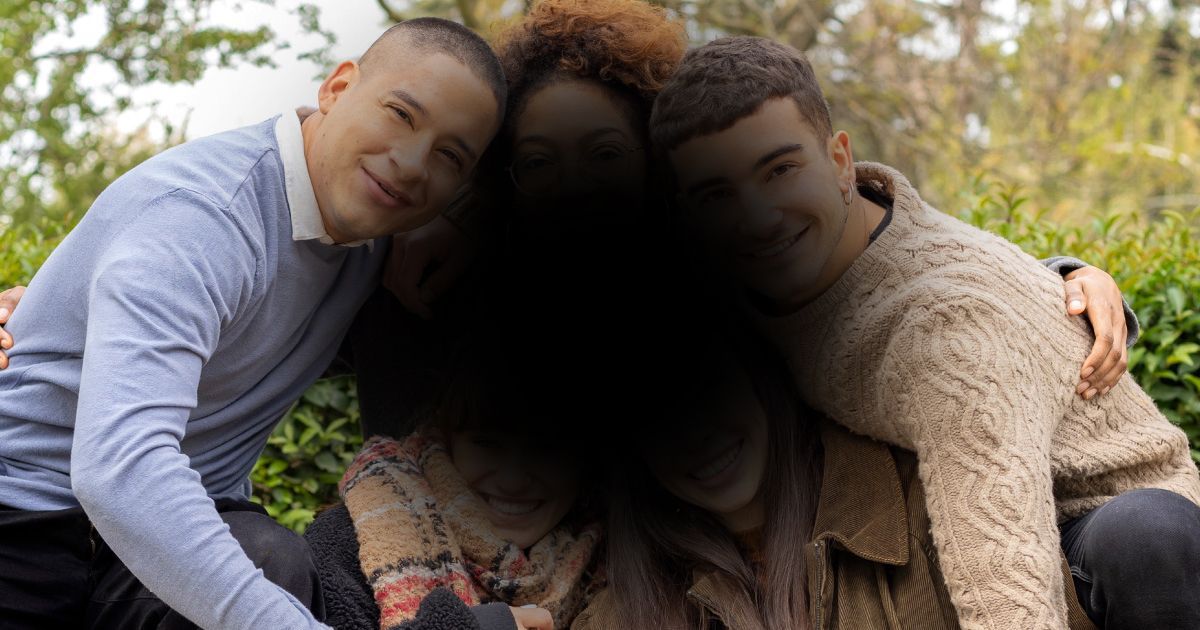Why Your Eyes Water in Cold Weather (And What to Do About It)
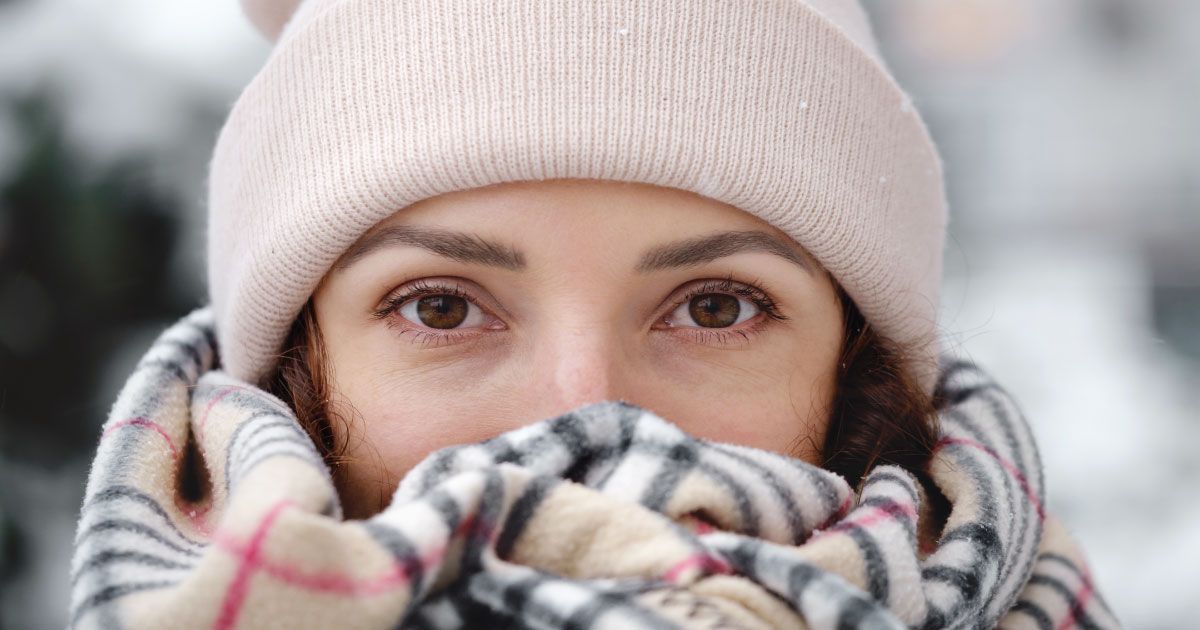
Read time: 4 minutes
Do your eyes water when the temperature drops? You’re not alone. Many people experience watery eyes during the winter months. This can be annoying and make it hard to enjoy your time outside. But understanding why this happens can help you manage it better.
In the following sections, we’ll explore why cold weather affects your eyes, identify common triggers, and share practical tips to keep your eyes comfortable. Finally, we’ll discuss when to get professional help for persistent watery eyes.
How Cold Weather Affects Your Eyes
Cold weather can significantly impact your eyes. When you step outside into a chilly breeze, your eyes react to the sudden change in temperature and moisture.
- Dryness and Wind: Cold winds can cause your tears to evaporate faster, leading to dry eyes. Your eyes will produce extra tears to keep themselves moist.
- Indoor Heating: Indoor heating can dry out the air inside your home or office. Dry air can affect your eyes, producing more tears to stay lubricated.
- Bright Light and Glare: Bright sunlight reflecting off snow and ice can make your eyes work harder, causing them to produce more tears as a protective response.
These factors combine to make your eyes water more in cold weather. Understanding how the cold affects your eyes can help you take steps to keep them more comfortable.
Common Triggers for Watery Eyes in Winter
Several specific factors can make your eyes water more in the winter. Knowing these triggers can help you avoid them or take action to reduce their impact.
- Exposure to Cold Winds: Walking or being outside in cold, windy conditions can irritate your eyes. The wind dries out your eyes quickly, causing them to produce more tears.
- Dry Indoor Air from Heating Systems: Indoor heating systems, especially forced air heaters, can dry indoor air. This dryness can dry out your eyes and cause tear production to increase.
- Winter Allergens: Dust and mold can still be a problem in winter. These allergens can cause your eyes to water more than usual.
- Reflection from Snow: Sunlight reflecting off snow can be very bright. This intense light can strain your eyes and make them water.
- Existing Eye Conditions: Some people have conditions like dry eye syndrome, which can worsen in cold weather, causing more tear production.
Recognizing these common triggers can help you take the necessary actions to manage watery eyes during the winter months.
Practical Tips to Prevent Watery Eyes in Cold Weather
Preventing watery eyes in cold weather involves some simple steps. These changes let you keep your eyes comfortable even when it's chilly outside.
Protect Your Eyes
- Wear Sunglasses: Sunglasses can shield your eyes from the wind and glare. Choose wraparound styles for the best protection.
- Use a Scarf or Hat: Covering your face with a scarf or wearing a hat with a brim can help block the wind from hitting your eyes directly.
Maintain Proper Humidity
- Use a Humidifier: A humidifier in your home or office can add moisture to dry indoor air, helping prevent your eyes from drying out.
- Stay Hydrated: Drink plenty of water to hydrate your body, including your eyes.
Avoid Irritants
- Keep Your Home Clean: Regularly dust and vacuum to reduce allergens like dust and mold that can irritate your eyes.
- Limit Exposure to Heating Vents: Avoid sitting directly before heating vents, which can blow dry air into your eyes.
Artificial Tears
- Use Eye Drops: Artificial tears can help keep your eyes moist. Use them before you go outside to create a protective layer over your eyes.
Following these tips can significantly reduce the chances of your eyes watering in cold weather.
When to Seek Professional Help for Persistent Watery Eyes
Sometimes, despite your best efforts, you might still have watery eyes. If this happens, knowing when to seek professional help is essential.
- Consistent Watering: Even inside, if your eyes water all the time, it could indicate a more serious issue. Persistent tearing might mean there's an underlying problem that needs attention.
- Pain or Discomfort: Schedule an eye exam if you experience pain, redness, swelling, and watery eyes. These symptoms could indicate an infection or other eye condition that requires treatment.
- Interference with Daily Activities: If watery eyes make it hard to carry out daily tasks or enjoy outdoor activities, it’s time to see an eye care professional. They can provide solutions tailored to your needs.
- Changes in Vision: If you notice any changes in your vision, such as blurriness or difficulty seeing, seek help immediately. This could be a sign of a more serious eye condition.
Professional help can ensure you get the proper treatment and relief from your symptoms.
The Takeaway
Watery eyes in cold weather are a common issue, but understanding why they happen and how to prevent them can make a big difference. By protecting your eyes, maintaining proper humidity, and avoiding irritants, you can keep your eyes comfortable during winter.
It's also important to know when to seek professional help if your watery eyes persist. At Urban Optiks Optometry, our experienced optometrists are ready to help you with your eye care needs. If you’re dealing with persistent watery eyes, schedule an appointment with us today.
Planning to spend time in the snow or extended periods of time out in the snow? Let us help you find the best handcrafted eyewear in San Diego so you can enjoy the cold weather without discomfort.
Share this blog post on social or with a friend:
The information provided in this article is intended for general knowledge and educational purposes only and should not be construed as medical advice. It is strongly recommended to consult with an eye care professional for personalized recommendations and guidance regarding your individual needs and eye health concerns.
All of Urban Optiks Optometry's blog posts and articles contain information carefully curated from openly sourced materials available in the public domain. We strive to ensure the accuracy and relevance of the information provided. For a comprehensive understanding of our practices and to read our full disclosure statement, please click here.




